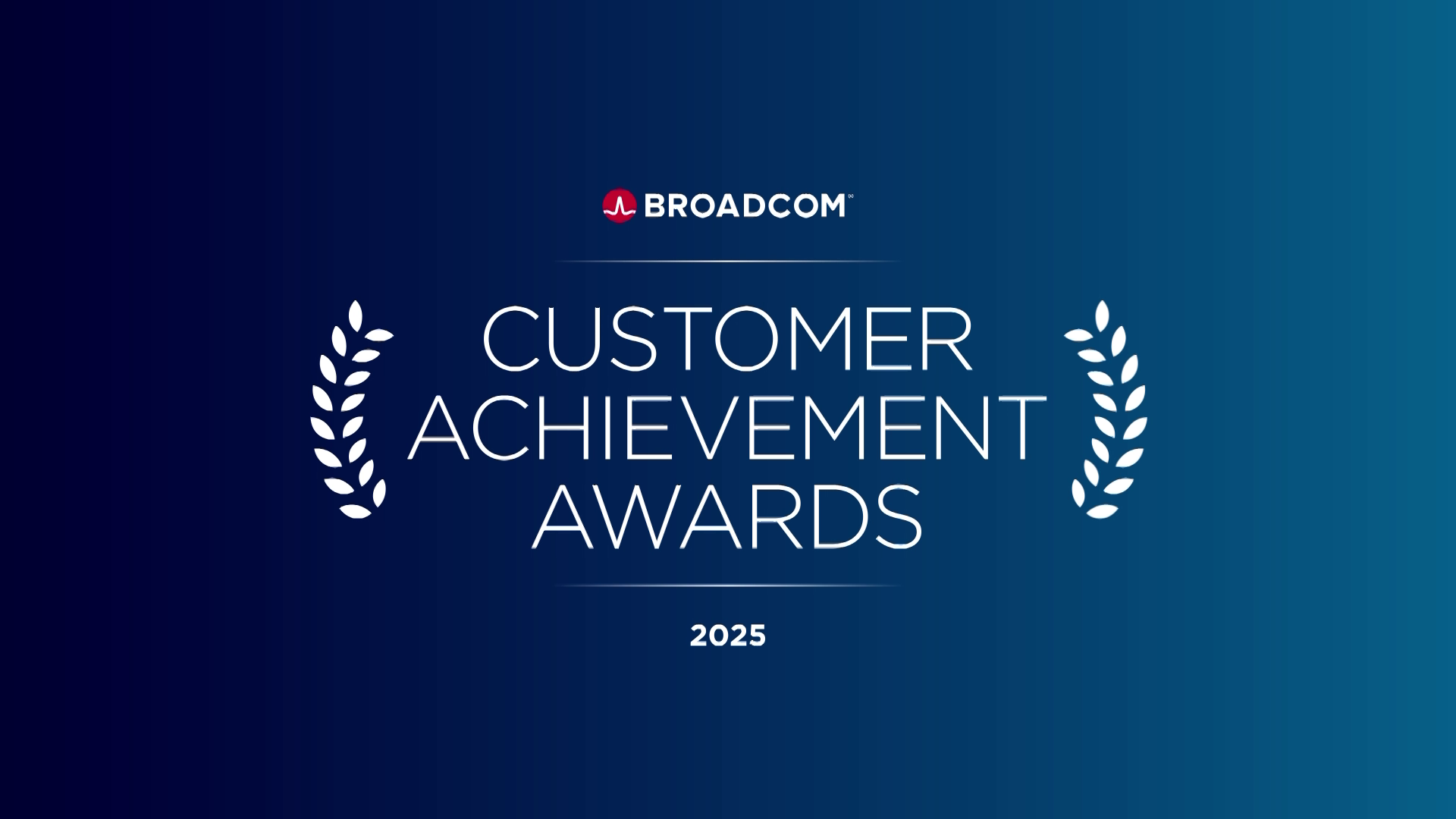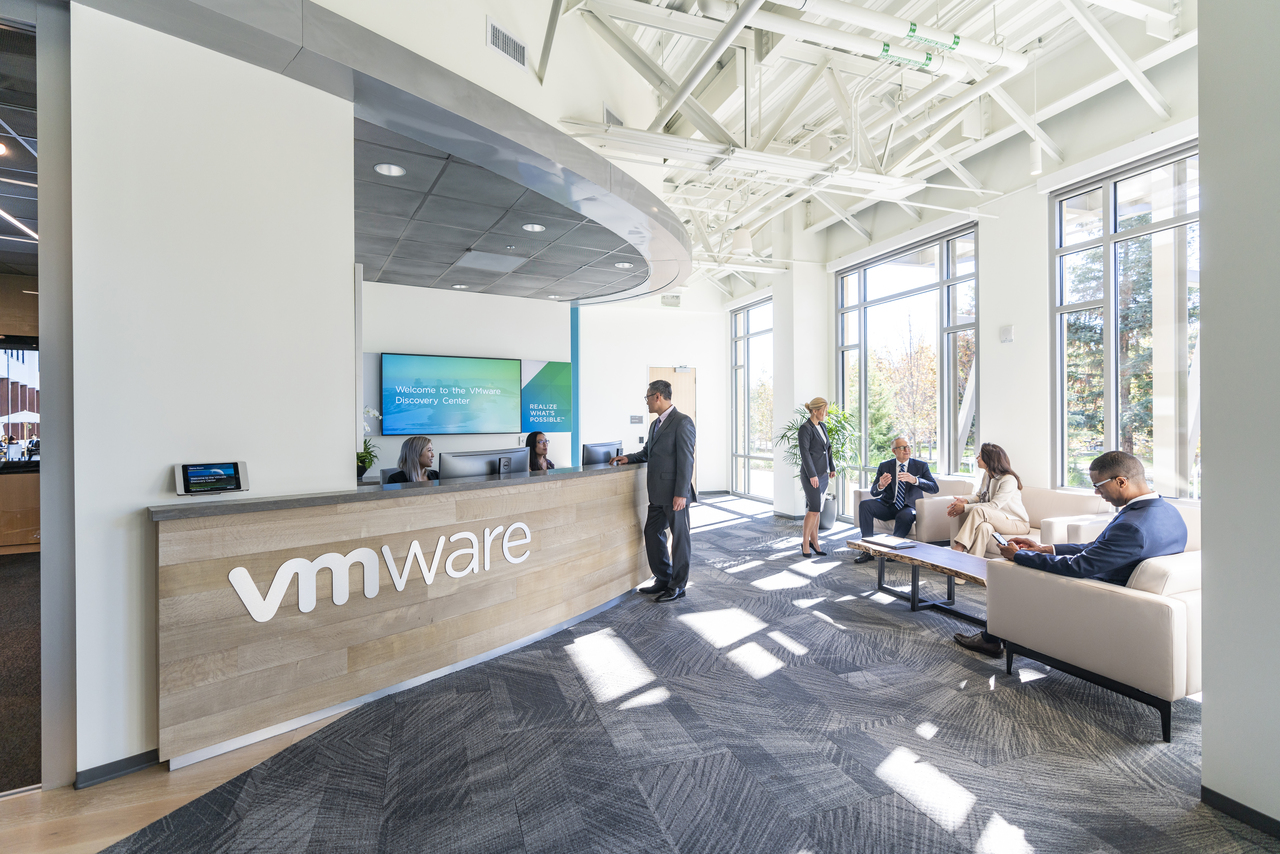


Lloyds Banking Group Extends Strategic Partnership with Broadcom to Accelerate Digital Transformation
New Long-Term Agreement Will Transform Lloyds Banking Group’s In...

USSFCU: Powering Financial Wellness with Broadcom’s Private Cloud and Private AI
Broadcom Customer Achievement Awards recognize and celebrate our custo...

Punching Above Its Weight: Grinnell Mutual’s $1M Win with VMware Cloud Foundation
If a small team like ours can embrace VCF and do big things — uniting ...

Broadcom Selected as Strategic Vendor for Virtualization Software Solutions for Walmart
LAS VEGAS—VMware Explore 2025—August 26, 2025—Broadcom Inc. (NASDAQ: A...

Customer Achievement Award Winners Innovate with Purpose, Vision and Impact
Broadcom Customer Achievement Awards recognize and celebrate our custo...

Dubai Airports Elevates Operations with Broadcom Software Solutions
Dubai Airports, operator of Dubai International (DXB), the world’s top...

Broadcom Showcases What’s Next at VMware Explore 2025
LAS VEGAS—VMware Explore 2025—Today at VMware Explore 2025, Broadcom I...

VMware Cloud Foundation Delivers a Private Cloud Platform to Accelerate Customers’ AI, Sovereignty and Security Outcomes
Broadcom Unveils New and Expanded VMware Cloud Foundation Advanced Ser...

Broadcom Unveils the Future of VMware Cloud Foundation
VMware Cloud Foundation 9 will deliver a unified platform that simplif...




